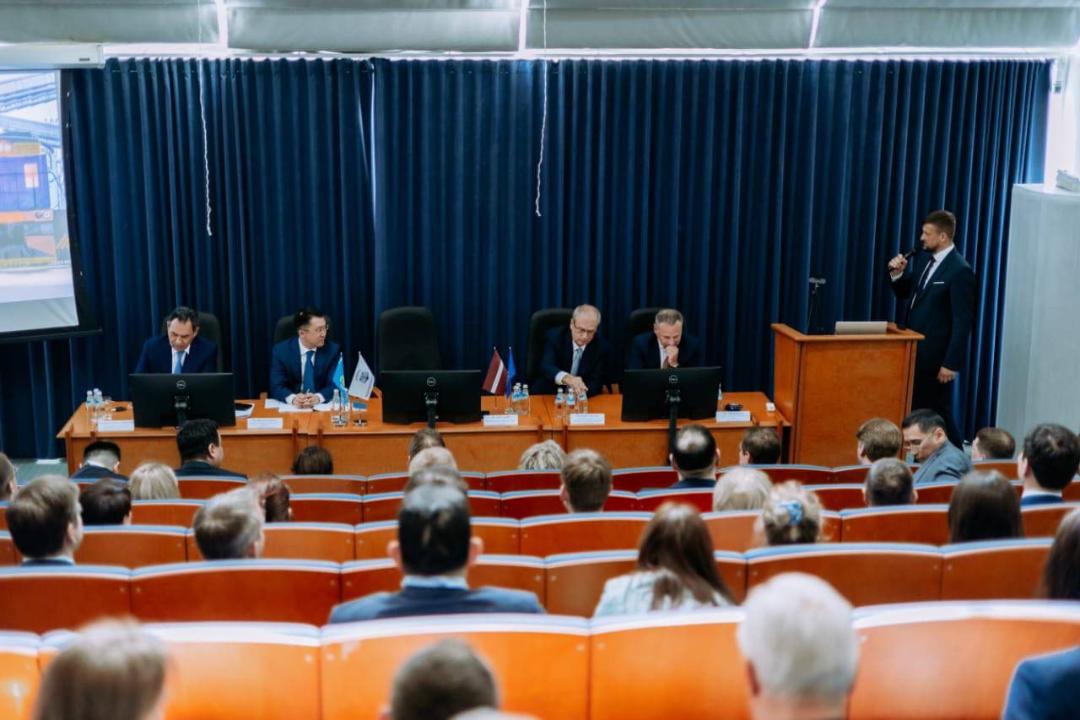ASTANA, Kazakhstan, May 18. Kazakhstan and Latvia have signed a Memorandum on the development of the Trans-Caspian International Transport Route (TITR, or Middle Corridor), Trend reports.
The signing of the document took place between the Ministers of Transport of Kazakhstan and Latvia, Marat Karabayev and Kaspars Briškens.
"Our countries are actively developing transit and transport cooperation. One of the significant aspects of cooperation is the permanently functioning joint working group on transport. This group covers a wide range of issues in the fields of railway, road, air transport, transit, and logistics," the Minister of Transport of Kazakhstan said during the meeting.
According to him, today, the Trans-Caspian International Transport Route has acquired a special role as an alternative to other routes. This is evidenced by a twofold increase in cargo transportation volumes at the end of 2023.
"In order to increase the potential of TITR as well as eliminate bottlenecks on the route, work is being carried out to improve infrastructure and terminal capacities, expand port capacities, increase rolling stock, remove administrative barriers, and create favorable conditions for carriers, which will allow increasing throughput by 2025 TITR up to 10 million tons per year," Karabayev noted.
Notably, to date, Latvia, together with Austria, Germany, Lithuania, Estonia, and Hungary, have expressed interest in joining the TITR.
The Middle Corridor is a transportation and trade route that connects Asia and Europe, passing through several countries in the region. It is an alternative route to the traditional Northern Corridor and Southern Corridor.
The route starts in China and crosses Central Asian countries such as Kazakhstan, Uzbekistan, and Turkmenistan. It then passes through the Caspian Sea, Azerbaijan, Georgia, and Türkiye before reaching Europe.
The Middle Corridor offers a land route that connects the eastern parts of Asia, including China, with Europe, bypassing the longer maritime routes.







